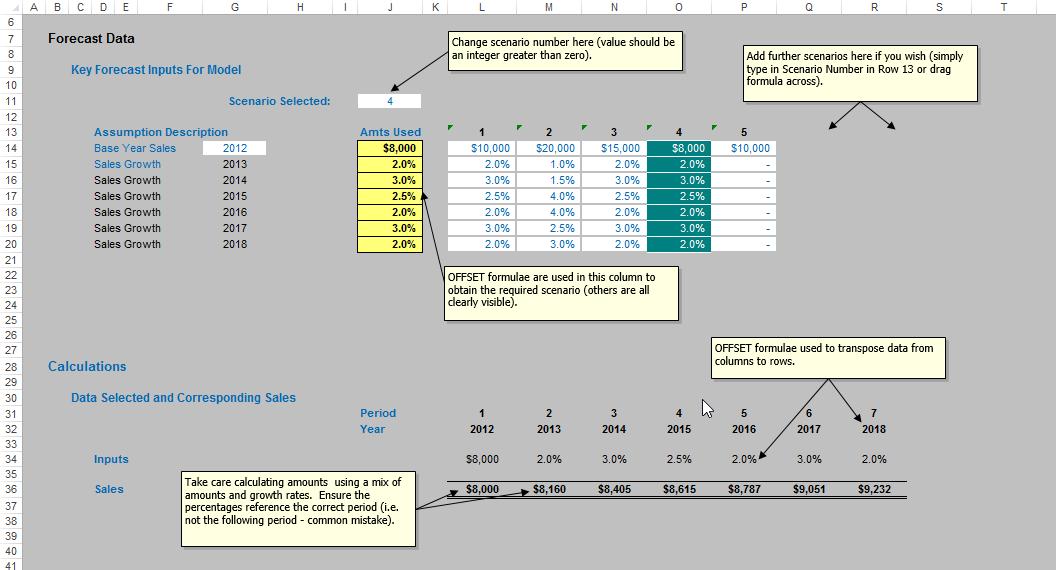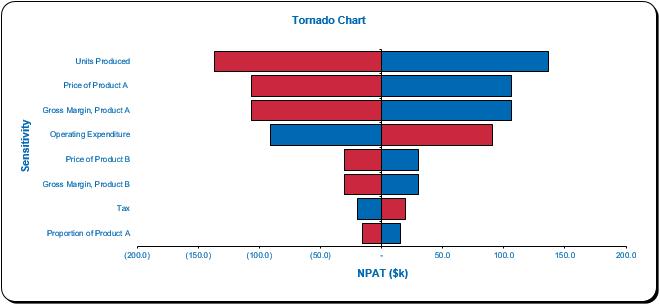If you have ever worked with a spreadsheet, the chances are you have seen the importance of undertaking what-if analysis. It may be you need to understand and quantify the key drivers of business success or confirm “myths of the business”.
We offer a tried and tested technique known as Strategic Options Analysis:
Our advisers can help identify key outputs and drivers of your business decision and then model in Excel using a range of techniques:
Scenario Analysis
- “Snapshot” technique: unlikely any given situation will actually occur
- Scenarios are often used to generate “top down” views of the world. Several variables are changed in order to simulate a particular situation (e.g. if considering turnover, prices might be increased, but volumes reduced, etc.)
- Often referred to as “worst-case”, “best-case” and “alternative” scenarios
- Changing variables individually can be cumbersome, and in any cases, the scenarios evaluated may be meaningless
- May be used to assess whether your base case really is the most likely / expected variant
Sensitivity Analysis
- Sensitivities are usually used to generate “bottom up” views of the world
- Only one variable is changed so that its influence on key output(s) can be determined and ranked
- Often an unrealistic technique, depending upon the complexity of the underlying model
- Two types of tornado: deterministic (vary each input by the same percentage) and non-deterministic (vary by likelihood of variability)
- Care is required in interpretation: best to use an experienced professional
Simulation Analysis
- Using probabilistic frequency charts / histograms, sensitivity and tornado charts in tandem, greater insights can be developed than by use of fixed-point modelling alone
- Provides greater information than separate sensitivity or scenario analyses
- Recognises managerial decision-making
Contact us for a more information on how we may be able to assist you today.






